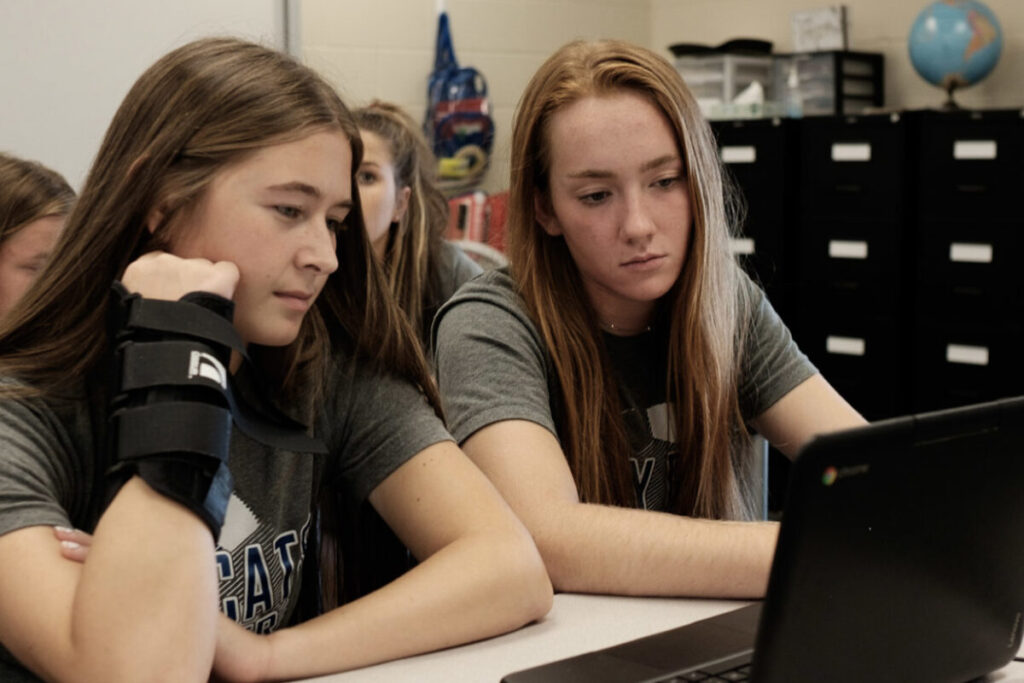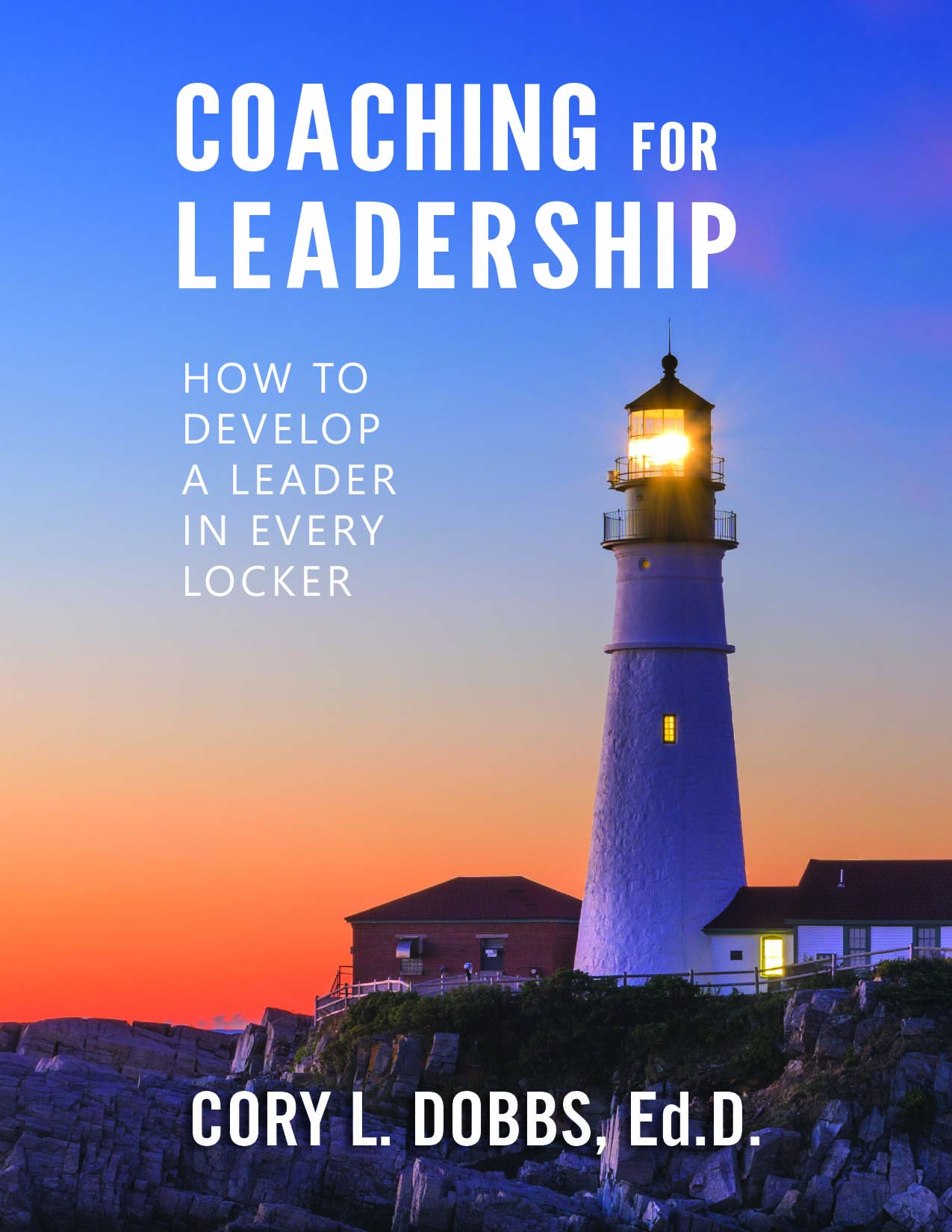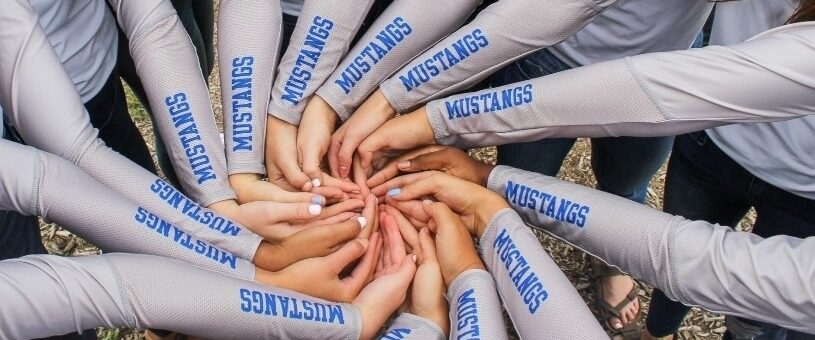High school volleyball coach Lindsay Peterson has ideas on how to keep your players engaged during film review.
Film. As coaches, we know it helps us understand what our teams do well and what we need to work on. It allows us to scout our opponents and gives us insight into their performance.
However, for players, it can be cumbersome. They might see it as just another thing they “have to do.” Players often don’t know what to look for, or they get caught up in what they individually did or didn’t do.
That’s why it’s important for coaches to use film as a learning experience, so it’s beneficial for everyone on the team. Watching film can build volleyball IQ and, for your visual learners, it can be really eye-opening.
Get It on the Schedule
My teams use film in different ways, but it’s most productive for us to watch together as a group. I like to take the first 45 minutes of practice to do this. It’s not every week, but I do it as often as I can. Why? Because going back and watching matches can be as important as practicing itself.
I always watch the film first to edit out timeouts and side changes. Most of the time I have them watch one set, or at the most, two. This ensures it catches their interest and keeps their focus. I try to use different editing tools to highlight what I want the players to pay attention to the most.
Set the Goal
Having film meetings at the start of practice means it’s already a time where the players planned to be together and work on getting better. But it’s important to be clear that this isn’t a time to point the finger at anyone or any position. Volleyball is a game of errors. If we want to get better, we have to see where we’re making our errors and then work hard to correct what we can.
In the same breath, we also need to celebrate what’s going well for us and where we have improved! I like to start there, with the good things we do, then move into the things we need to get better at.
Choose the Assignment
I’ve found a few different ways to keep players interested during film sessions.
Have players take notes
While they’re reviewing matches, have them look for three things they did well and three things they need to improve on. Or have them track those same categories for the team instead of themselves. Then share with partners or the whole group.
Stat sets by position
Here’s how to divide it up:
- Setters can stat set selection, kills, digs
- Middles can stat blocks, kills, hitting efficiency
- Right sides can stat kills, hitting efficiency, digs
- Outsides can stat kills, hitting efficiency, digs
- Liberos/Defensive Specialists could stat serve receive, digs, passing efficiency
Once they’re finished, have each position group share their results with the rest of the team.
Scout opponents
Divide the team in half—one half will make notes on your team, the other will make notes on the opposing team. Have both groups study how they could beat opponents, and how opponents could beat them, then have them share their findings with the team.
Don’t Skip the Last Step
No matter how you watch film, I recommend ending the session with the same two steps every time:
- Set practice goals for themselves based on what they learned from the film.
- Have them help you create a practice plan based around these goals. In my experience, players really enjoy having a say about what we do! It’s a great way to keep them engaged during practice. And if they forget, remind them why you’re practicing it—because you all recognized it needed work in film review.
Both of these steps are extremely important because it makes the film-watching process tangible. And when your players are bought in, they’re already on the path to improvement.
Lindsay Peterson has been a varsity head coach for eight years. She played for the University of North Alabama, helping them win the DII National Championship in 2003. Peterson has led her Millard North High School team to the state championship tournament seven times, winning in 2016 and 2018. She was named one of the top 40 coaches in the country by the AVCA, and Coach of the Year by the Omaha World-Herald.


